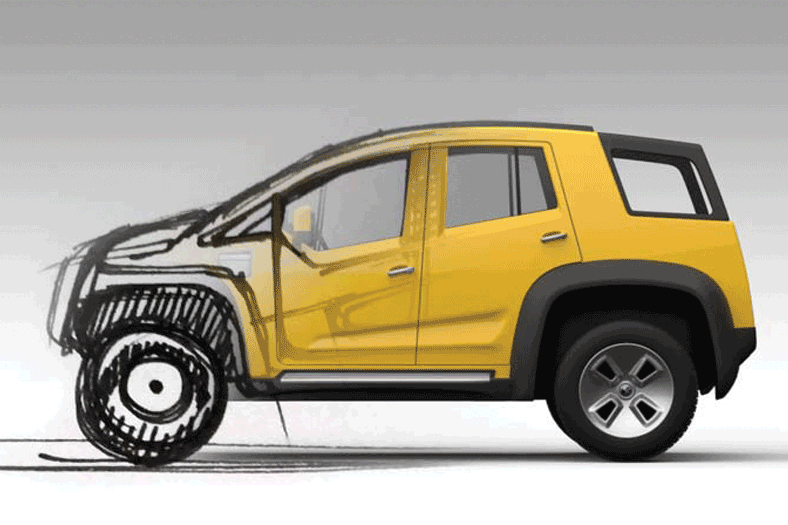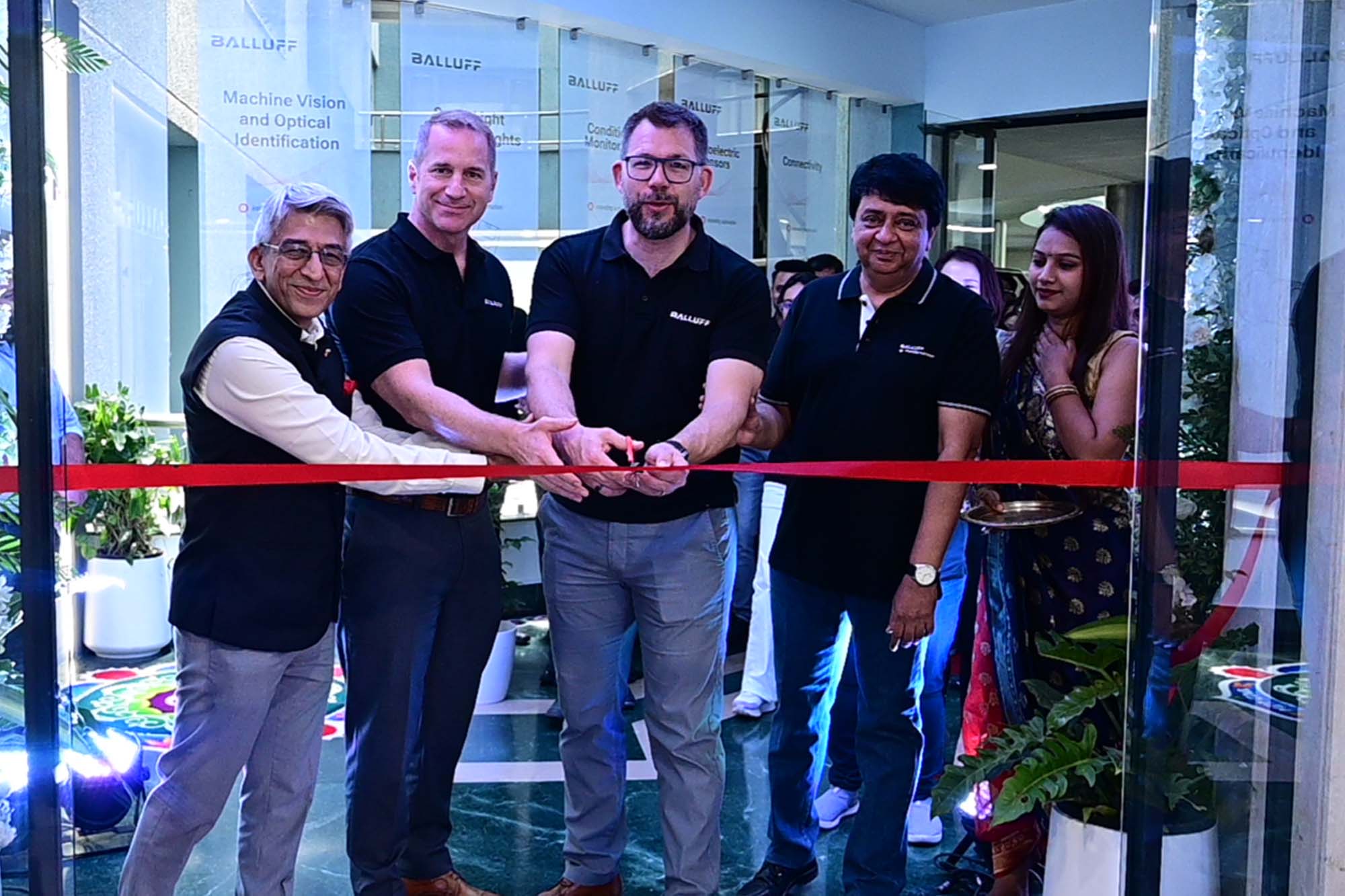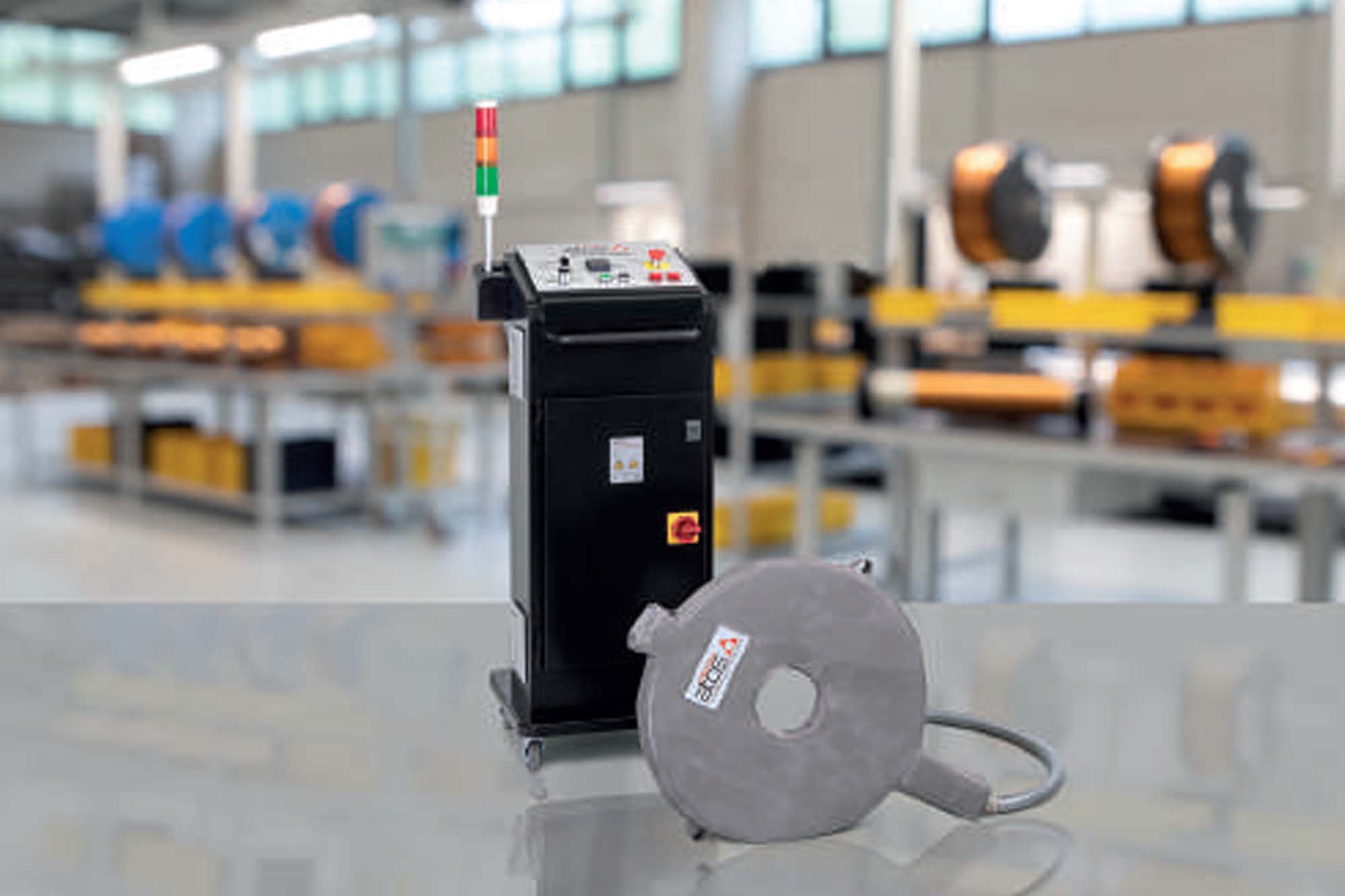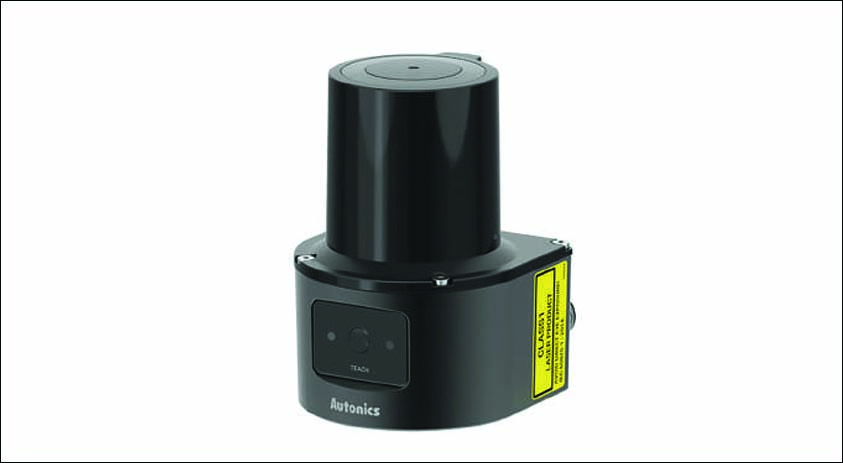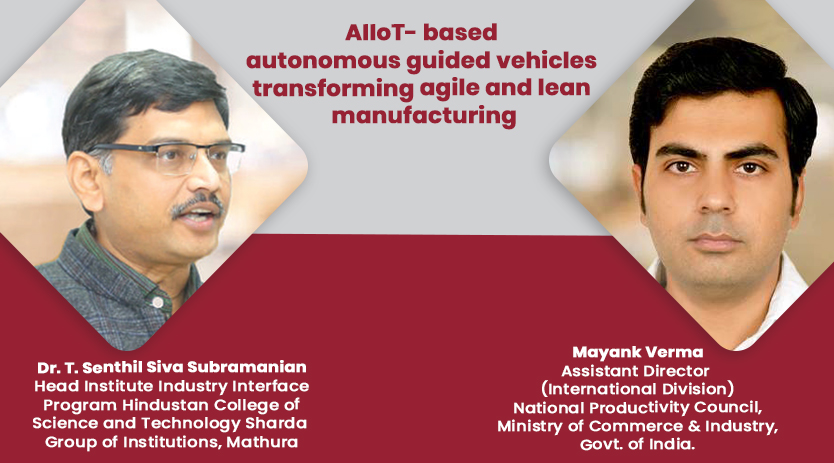Getting closer to the reality of low-emission mobility
By OEM Update Editorial May 13, 2020 10:58 am IST
The environmental impact caused by transportation has come under the spotlight in recent years resulting into the buzz around embedding sustainable mobility solutions. We analyse how this will impact the automotive industry in the coming years.
As the necessity to reduce carbon emission is the need of the hour, manufacturers are reshaping their businesses models, adopting eco-friendly practices and striving to gain consumer approval. In the current scenario, manufacturers that can provide vehicles at an affordable price, greater performance, better comfort and style plus superior fuel economy are gaining an edge over the competition.
In the past decade, automakers have done an impressive job of making cars that are more efficient than ever, without sacrificing power and performance. Technological innovations have allowed automakers to pump up horsepower and fuel economy at the same time. Those innovations include the increased use of lightweight materials, tyres with lower resistance, fuelefficient engines, additives to stabilise biodiesel, and penetration of hybrid and connected vehicles. There are literally hundreds of new technologies available in the market which can improve fuel efficiency, but it all begins with lightweight materials.
Weight reduction with lightweight materials
Advanced lightweight materials are widely used for boosting the fuel economy of modern automobiles while maintaining safety and performance. Lighter objects such as high-performing plastic are highly energy-efficient as they consume less power and fuel during the acceleration process compared to the heavier objects. Plastic constitutes an astonishing 50 percent of today’s cars, resulting into less strain on engine and lower tailpipe emissions. The lightweight plastic is created through a process that combines plastic with metal without compromising on its stability properties. The combination offers weight reduction up to 20 percent with higher stiffness and strength. The solutions are mainly applied to the car body, chassis, drivetrain, interior, and electronics. For instance, the material can be used in thermoplastic engine oil pans, CNG gas tank liners, cross car beams, front-end structures, brake pedals, steering rods, airbag housings, battery system carriers, air bags, car body inserts, and structural body frames. Compared to traditional steel material, hybrid plastic metal technology is cost-efficient and it is already used by well-known automakers in today’s date.
Taking a step further in the development of hybrid technology, manufacturers have innovated “Hollow Profile Hybrid Technology”, which uses hollow metal profiles with round or square cross-sections instead of sheet metal. Due to the dimensional stability, hollow profiles enable hybrid parts with significantly higher torsional stiffness and strength. There is an enormous potential for structural components such as cross car beams, which were not resilient enough using conventional hybrid technology.
Apart from the four-wheeler segment, the twowheeler vehicle segment is also utilising lightweight materials to achieve better fuel efficiency. Twowheeler manufacturers are also converting many metal parts like grab handle, foot rest, air intake manifold, fenders, cylinder head cover, etc. to plastics.
Utilisation of fuel-efficient tyres
In addition to hybrid plastic metal technology, another emerging trend in achieving fuel efficiency is the utilisation of tyres with better fuel efficiency. For decades, tyre designers have sought to reduce rolling resistance as a way to improve fuel economy. However, there is a trade-off. If the rolling resistance of a tyre is reduced, it will also reduce the tyre’s ability to grip a wet road. Better rolling resistance has also typically translated to a tyre with lower durability. But things are changing today, thanks to materials science, which has facilitated the emergence of fuel-efficient tyres.
Additives such as Nanoprene made for tyre treads lowers rolling resistance without sacrificing wet grip or durability. Also, new and improved rubber materials such as polybutadiene rubber for tyre manufacturers substantially reduce a tyre’s rolling resistance, which is the friction it encounters as it grips the road. As a consequence, fuel consumption is lower, which translates to less emission of carbon dioxide. It is not The environmental impact caused by transportation has come under the spotlight in recent years resulting into the buzz around embedding sustainable mobility solutions. We analyse how this will impact the automotive industry in the coming years. only about utilisation of green tyres that contributes towards sustainable development; it is also about utilising green production methods while creating these tyres. The speciality chemical company LANXESS has already facilitated cleaner production of tyres by removing silicone from washable and permanent release agents and innovated versatile solutions for the manufacture of tyres.
Penetration of hybrid vehicles Growing influence of electric, shared and autonomous mobility will reshape the future of the automotive industry. Stakeholders, cities, automakers, suppliers, fleet owners, and more will see profound benefits, opportunities, and challenges as the technology will evolve in the coming years.Autonomous vehicles will revolutionise the urban landscape by allowing machines to take over the driving. Electric cars will soon contribute towards reducing the carbon emission and decarbonising the transport sector. Shared use of mobility services will further offer tailored mobility services which can possibly replace the need for privately owned modes of transport. Key advancements in electric and hybrid vehicles will certainly include improved and mature battery technology to solve the current limitation in operating ranges. Also, infrastructure and urban planning will play its role; for example, an adequate station network for fast charging of batteries and for supply of alternative fuels for hybrid vehicles, like using natural gas, will be developed.
Emergence of smart technologies
The future of the automotive industry will witness wider adoption of connected technologies, thereby allowing users to get valuable insights about their vehicle. For instance, now the consumer will be able to closely understand the fuel consumption patterns of the vehicle at one touch and take appropriate actions to improve the efficiency. The wave of digital disruptive technology also facilitates vehicle to vehicle communication that essentially can decrease traffic, vehicle accidents, and fatalities. The concept of smart technologies is evolving beyond integration of digital equipment and emphasising on the utilisation of cleaner fuels like solar energy, biodiesel, and hydrogen gas. Building an eco-friendly infrastructure that has solar roads, alternate charging and refuelling stations, and green space is essential to make our cities sustainable in the long run.
Biodiesel
Biodiesel is an alternative fuel similar to conventional or “fossil” diesel created to reduce dependency on traditional fuel options and decreasing emission. This can be described as a carbon-neutral fuel which produces no net output of carbon in the form of carbon dioxide after the fuel is combusted. The issue associated with this fuel alternative is its storage as biodiesel is vulnerable to environmental factors such as air, moisture, light, etc. As we are progressing, there are now ways to improve the storing process of diesel with the help of additives. If the additives are rightly used, it can increase the resistance of biodiesel to the oxidation process and increase its shelf life. These additives ensure that elements obtained from natural raw material remain stable and can therefore be used for long duration. The stabilisers do not impair the fuel’s chemical or technical properties in any way and there is no need to worry about impermissible interactions with other fuel components. The biodiesel stabilisers in coming years will play a pivotal role in mainstreaming biodiesel usage.
Indian OEMs are opting for better technical support in their endeavour to reduce weight, offer better quality, improve fuel efficiency, and reduce CO2 emissions. With this increase in demand for quality products, there is a huge potential for quality engineering plastics and related services in the Indian market. There is a need to support auto OEMs with expertise and knowledge to enable them in converting metal parts to plastics without diluting the specifications. It is important to closely work with vehicle manufacturers to create a difference in the existing scenario through conscious efforts. In India, the passenger car segment is rapidly growing, which will further create immense opportunity for utilisation of technologies such as plastic, fuel-efficient tyres, alternative fuel options, and EV and digital solutions.
As we progress in this evolving business landscape, a booming segment like EVs will gain a huge advantage by integrating a lighter and stronger frame as itwill increase the car’s capacity of carrying heavy batteries. The scope for reducing CO2 emissions by tyre manufacturers by optimising energy consumption and using green/bio material is unlimited, which means that our tyres will become greener in the coming future. The automotive industry ahead will witness an influx of more autonomous vehicles and digital technologies where lightweight materials will be a key factor in manufacturing of these new age transportation solutions. There always will be a need for space and weight reduction to incorporate the latest technologies while maintaining quality and cost efficiency, thus making it a prerequisite for manufacturers to use lightweight materials. Amidst widespread change in vehicle systems and architecture, get ready for the revolution in the automotive industry. The new age vehicle ecosystem is closer than we imagine.
Authored by:
Pankaj Khare,Head of Sales & Marketing – High Performance Materials
Lanxess India Private Ltd.
Cookie Consent
We use cookies to personalize your experience. By continuing to visit this website you agree to our Terms & Conditions, Privacy Policy and Cookie Policy.




